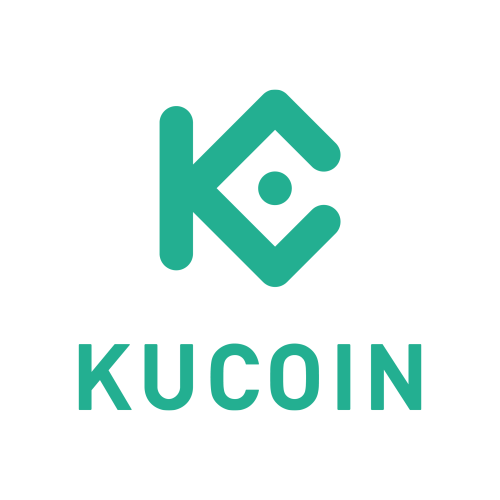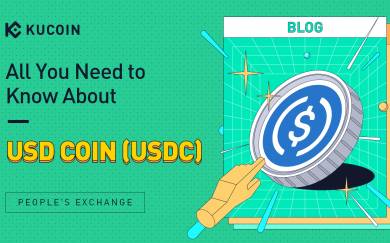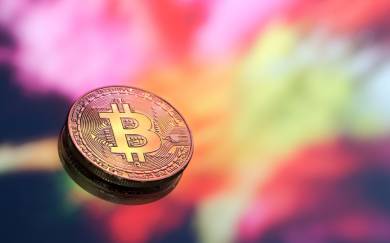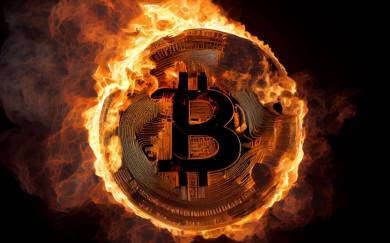What Is USDC? All You Need to Know About USD Coin (USDC) | KuCoin

Kucoin Blog 25.05.2022 15:00
Table of contents
· What is USD Coin (USDC)?
· How does USDC work?
· What is the advantage of USDC?
· How is USDC different from UST?
· Opportunities for the future
· Conclusion
The crypto ecosystem has evolved rapidly since the launch of Bitcoin (BTC) in 2009. Over the years, the crypto market has quickly expanded, hitting a total market cap of $2.3 trillion during the 2021 bull rally. However, these gains did not last, and the marketplace quickly plunged, losing over $1 trillion of its market cap.
With the industry being historically volatile, it is only natural that crypto adopters seek an instrument to protect their crypto holdings against the wild price swings in the space, and then stablecoins become the safe haven.
What is USD Coin (USDC)?
Launched on September 26, 2018, USDC is a fully collateralized stablecoin pegged to 1:1 to the US dollar. It is an alternative to other USD-backed cryptocurrencies like Tether (USDT) or TrueUSD (TUSD). It was worth mentioning that USDC can be redeemed back to USD at any time. The execution of issuing and redeeming USDC tokens is ensured with a smart contract based on the blockchain. At the moment, there is $53.1 billion worth of USDC in circulation.
USDC was created by CENTRE, an organization founded by crypto exchange Coinbase and financial technology (FinTech) firm Circle. To ensure transparency, the Centre Consortium maintains USDC’s peg to the US dollar, and Circle uses a range of assets, including dollars, T-bills, and other highly liquid investments.
USDC was issued on the Ethereum blockchain in the early period. With the booming of crypto, it is compatible with several blockchains, including Ethereum, Algorand, Solana, TRON, and other major public chains. Currently, KuCoin has supported deposit USDC with Ethereum, TRON, KCC, Algorand, ARBITRUM, and OPTIMISM networks.
Read next: Altcoins: Ripple Crypto - What Is Ripple (XRP)? Price Of XRP | FXMAG.COM
How does USDC work?
A USDC token is created and requires 1 US dollar to be deposited in the issuer's bank account. The issuer uses USDC smart contracts to create an equivalent amount of USDC. The newly minted USDC are sent to the user, while the substituted US dollars are held in reserve. Then, when a customer wishes to redeem USDC back for dollars, the USD Coins are permanently destroyed in order to keep a consistent backing.
The entire concept of stablecoins depends on there actually being a 1-to-1 backing. So trust and transparency are most important and essential for the stablecoin protocol like USDC. And USDC cooperated with the top-five accounting firm Grant Thornton to provide a high level of transparency and to maintain full reserves of the equivalent fiat currency. Click here to learn more.
What is the advantage of USDC?
By converting the cryptocurrencies like BTC, ETH, and other altcoins to USDC, investors can hedge against the risk of volatility in the crypto market. Furthermore, as a digital currency, it brings US dollars to the crypto world, avoiding traditional financial instruments and institutions, bypassing hyperinflation, and completing global transactions almost instantaneously and at low cost. In the crypto world, the USDC can be used to buy a variety of products across different decentralized applications (Dapps), exchanges, and blockchain-based games. Also, it opens up new opportunities for trading, lending, risk-hedging, and more.
How is USDC different from UST?
At the moment, there are four types of stablecoins. These are stablecoins that are fiat-collateralized, crypto-collateralized, algorithmic uncollateralized, and hybrid.
TerraUSD (UST), a stablecoin from TerraForm Labs, is an algorithmic stablecoin that leverages a complex algorithm linked to Terra (LUNA), another crypto token from TerraForm Labs. While USDT has maintained its peg against the US dollar, UST’s algorithmic backing failed after the Terra network lost over $39 billion of its value. At the moment, UST is changing hands at $0.055 after losing nearly 95% of its value since the start of the year.
Unlike UST, USDC is fully collateralized, meaning that it is difficult to depeg it. With USDC being fully backed by highly liquid yet stable assets, the stablecoin has stood the test of time.
Read next: Altcoins: What Is Polkadot (DOT)? Cross-Chain Transfers Of Any Type Of Asset Or Data. A Deeper Look Into Polkadot Protocol | FXMAG.COM
Opportunities for the future
With Centre leveraging a wide range of assets to maintain USDC’s stability, the consortium has helped the stablecoin secure a leading spot as a hedging instrument against volatility in the crypto market.
USDC has a current market cap of over $53 billion, which makes it the fourth-largest crypto by market capitalization. Meanwhile, As the second-largest stablecoin after Tether (USDT), USDC has been accepted by as many wallets, exchanges, service providers, and Dapps as possible. With USDC having an impeccable reputation, it stands a chance to surpass USDT to become the ultimate stablecoin.
Conclusion
By using highly liquid yet stable assets to maintain its peg against the US dollar, USDC positions itself for success. Additionally, USDC’s backing by Circle and Coinbase helps boost the stablecoin’s adoption, seeing as both companies are trusted in the crypto industry.
Find The Next Crypto Gem On KuCoin!
Download KuCoin App>>>
Sign up on KuCoin now>>>
Follow us on Twitter>>>
Join us on Telegram>>>
Join the KuCoin Global Communities>>>
Subscribe to YouTube Channel>>>
Follow FXMAG.COM on Google News


 Kucoin Blog 13.05.2022 15:42
Kucoin Blog 13.05.2022 15:42




 Kamila Szypuła 23.09.2022 12:38
Kamila Szypuła 23.09.2022 12:38

 Zhong Yang Chan 13.12.2022 07:30
Zhong Yang Chan 13.12.2022 07:30





